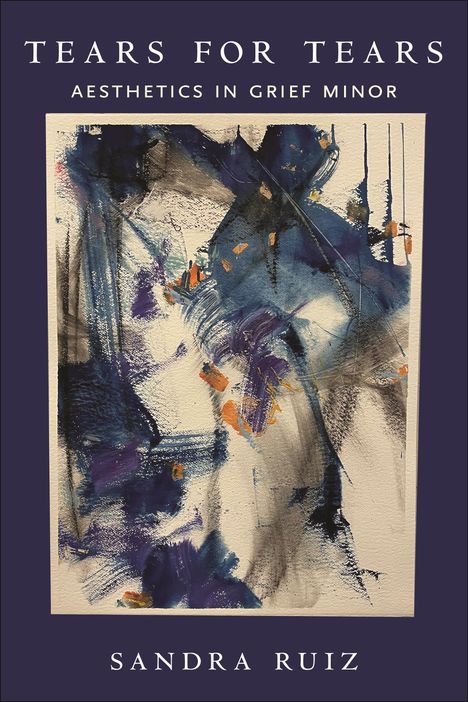Sandra Ruiz: Tears for Tears, Kartoniert / Broschiert
Tears for Tears
Buch
- Aesthetics in Grief Minor
lieferbar innerhalb 1-2 Wochen
(soweit verfügbar beim Lieferanten)
(soweit verfügbar beim Lieferanten)
Aktueller Preis: EUR 38,51
Verlängerter Rückgabezeitraum bis 31. Januar 2026
Alle zur Rückgabe berechtigten Produkte, die zwischen dem 1. bis 31. Dezember 2025 gekauft wurden, können bis zum 31. Januar 2026 zurückgegeben werden.
Versandkosten
(United States of America): EUR 19,90
- Verlag:
- New York University Press, 06/2025
- Einband:
- Kartoniert / Broschiert
- Sprache:
- Englisch
- ISBN-13:
- 9781479826667
- Artikelnummer:
- 12016748
- Umfang:
- 232 Seiten
- Gewicht:
- 363 g
- Maße:
- 226 x 152 mm
- Stärke:
- 23 mm
- Erscheinungstermin:
- 17.6.2025
- Hinweis
-
Achtung: Artikel ist nicht in deutscher Sprache!
Weitere Ausgaben von Tears for Tears |
Preis |
|---|---|
| Buch, Gebunden, Englisch | EUR 108,88* |
Klappentext
"Interested in the entanglement of the dead, the living, and their spectral things, this book suggests that via the deliberate labor of shared sorrow in performance of grief-work, we collectively transform psychic and social life"--

Sandra Ruiz
Tears for Tears
Aktueller Preis: EUR 38,51


